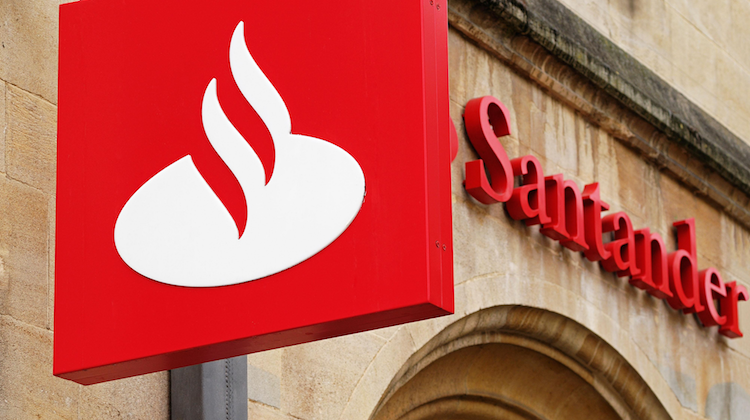Blockchain and Crypto
Inside Santander’s plans to digitize money
- Santander isn't onboard with cryptocurrencies but is optimistic about the idea of digitizing central bank currency using Ripple's technology
- The Spanish banking giant recently launched the first blockchain-based mobile payment service for retail customers








